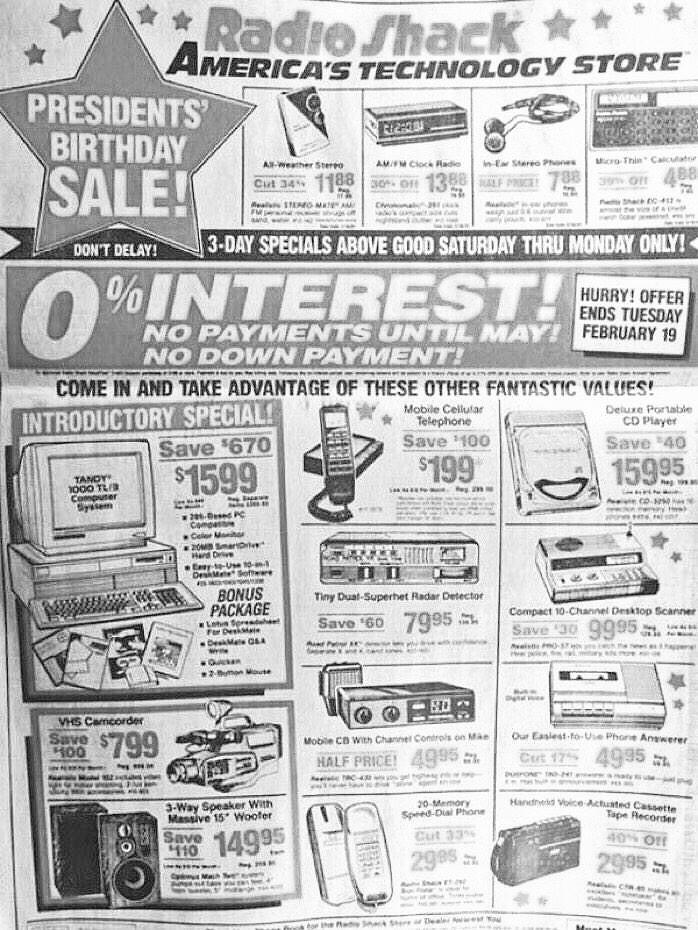Mais um sintoma de Mongo.
.
Recordar as previsões do anónimo da província em:
""in the wake of protests by Uber drivers over the company’s decision to cut fares, David is launching his own blockchain-based ride-sharing platform, Arcade City. To promote the new platform, he and nine other drivers gave 100 rides on New Year’s Eve on a donation-only basis.
...
CoinTelegraph: You were an Uber driver before. How does this system contrast with traditional ride-sharing services like Uber and Lyft?
Christopher David: Imagine a decentralized Uber that connects drivers with customers peer-to-peer using the Ethereum blockchain. When we hit $2 billion in annual revenue, it won’t go to line the pockets of investors or sustain a corporate hierarchy. It will be reinvested in our drivers, and in improving the customer experience.
Driver engagement is key. Thanks to our Free Uber campaign, I got to connect and speak with Uber drivers all over the country. Dealing with government regulation is definitely an issue for drivers, [Moi ici: Daí a importância instrumental da Uber, o dinheiro dos investidores que seja usado para combater em tribunal os regulamentos que protegem os incumbentes] but an even bigger issue has been drivers being mistreated by the distant corporate HQ. I’ve been a driver myself, working sometimes 50 hours per week. I’ve been to the meetings. I've seen firsthand how drivers are treated and how feedback is ignored.
Uber and Lyft are run by nerds in San Francisco. To them, drivers are just numbers. The fares that determine drivers' livelihood are just levers to push and pull to maximize profit. [Moi ici: Recordar esta pérola "Managing a platform ecosystem raises a number of new governance issues, including “who has access to the platform, how to divide value, and how to resolve a conflict,” notes the CGE report. “The goal is to arrange complementors and consumer rules to maximize ecosystem profits… "] The driver uproar and mass protests following last week’s rate decrease tells me this is the perfect time to launch a decentralized alternative.
Arcade City is beginning with a grand conversation with drivers. Our question: If you had to design a ride-sharing app that best met the needs of riders and drivers, what would it include? The amazing ideas contributed just this week will keep us busy for years.
...
our approach to the critical mass problem is a bit different. We are taking a hybrid approach, combining distributed dynamics with the type of service people expect today of a company like Uber. The objective is total decentralization on the blockchain, but we are starting with an emphasis on driver engagement and integrating driver feedback.
There are countless thousands of angry Uber and Lyft drivers looking for an alternative. We’ll start by building what they want, then move in the direction that we know will maximally benefit both drivers and customers over the long term: decentralization on the blockchain.
...
The key technical differences between Arcade City and the big ride-sharers stem from how our operation is structured. Not like the hub-and-spoke model of Uber and Lyft, with a headquarters in San Francisco centrally setting rates for a number of independent contractors that border closely on employees. We’re building a peer-to-peer network like a mesh, and taking a page from Rick Falkvinge’s book Swarmwise by pushing the relevant decision-making authority out to the edges of the network. For Arcade City, that means empowering drivers with tools to create their own recurring customer base and make their own decisions like any entrepreneur would."

















